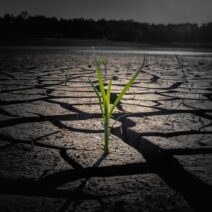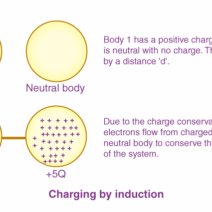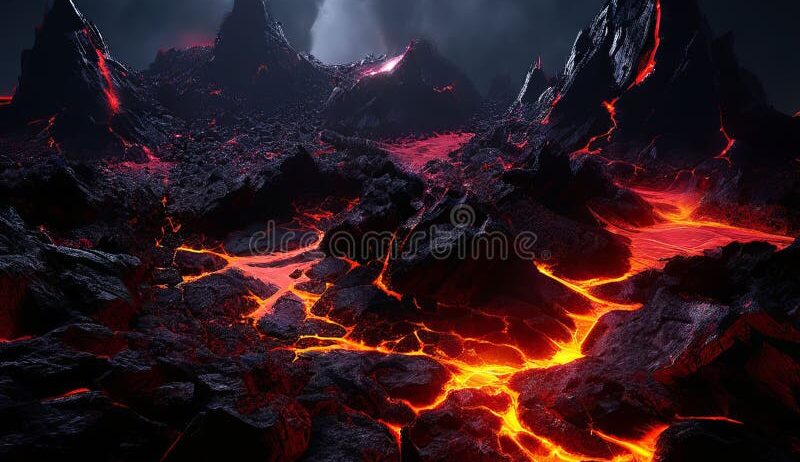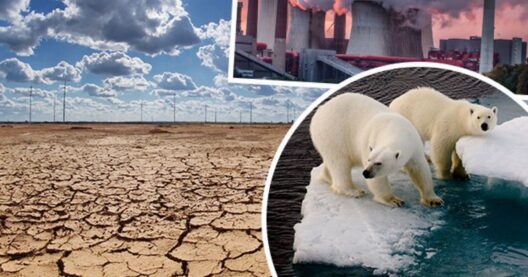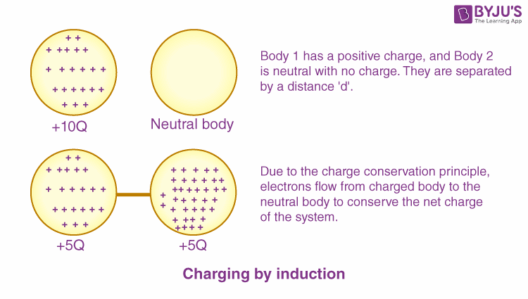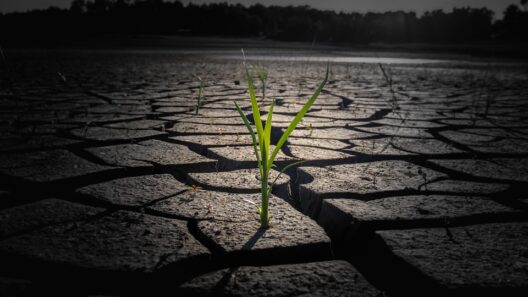As we traverse the boundless expanses of African savannas, one might ponder: what future lies ahead for these iconic landscapes as global warming takes hold? The new realities poised by climate change threaten to reshape the savannas in profound and troubling ways. Understanding these transformations requires delving into the intricate interplay between rising temperatures, shifting ecosystems, and the local communities that depend on the land.
The African savanna, with its distinctive blend of grasses and scattered trees, is inherently adaptive. It is a dynamic tapestry woven from the intricate relationships between flora and fauna, coupled with the climatic conditions that have enabled its persistence for millennia. However, as global temperatures escalate, this delicate balance is put to the test. Increased average temperatures, altered precipitation patterns, and the frequency of extreme weather events are all contributing to the gradual degradation of these vital ecosystems.
Global warming has initiated a paradigm shift in the climate dynamics affecting the savanna regions. Higher temperatures can lead to more frequent and prolonged droughts, compromising soil moisture and destabilizing plant communities. The lush undergrowth that supports myriad herbivores could give way to harsher, less hospitable conditions. As these ecosystems become drier, they may also experience an upsurge in grassland fires, further disrupting the delicate equilibrium of life.
In addition to these abiotic factors, the interplay of species adaptation plays a crucial role in the savanna’s future. As conditions shift, some species may thrive, while others face existential threats. For instance, certain tree species may find themselves unable to cope with the diminishing water supply, leading to their gradual decline. Conversely, others might flourish under new climatic conditions, setting off a chain reaction that alters the very fabric of the savanna flora and fauna.
The consequences are not merely local; they resonate throughout the intricate web of life that connects all living beings within the savanna. The herbivores, which rely on the grasses for sustenance, will find themselves at risk as their food sources dwindle. Large mammals such as elephants and giraffes, often viewed as symbols of the African landscape, may migrate in search of greener pastures, but this will not be without consequences. Their absence will signal a decline in biodiversity and initiate a cascade of changes up and down the food chain. The predator-prey dynamics will inevitably shift, leading to increased competition and potential conflict.
While the ecological ramifications are substantial, the socioeconomic impacts cannot be overlooked. Many local communities depend on the savanna for their livelihoods. They rely on agriculture, livestock herding, and wildlife-related tourism. As climate change disrupts these ecosystems, food security will become increasingly precarious. Farmers may grapple with reduced crop yields, resulting in economic instability. Combined with rising population pressures, the stakes have never been higher.
Moreover, the increasing competition for dwindling resources may lead to conflicts among neighboring communities. Traditional practices may clash with the demands of modern governance, as both rural populations and urban migrants seek to secure their futures. As tensions rise, community cohesion may fracture, leading to societal repercussions that echo far beyond the savanna borders.
One potential solution lies in fostering adaptation strategies that empower local populations to cope with these changes. Agroecological practices, such as intercropping and agroforestry, can promote resilience in agricultural systems. By diversifying crops and restoring soil health, communities can mitigate the adverse effects of climate change. Additionally, conservation efforts that prioritize the protection of native species can help maintain the ecological balance while ensuring that local needs are met.
However, these interventions must be conducted with care and respect for the indigenous knowledge that has sustained these communities for generations. Collaboration between scientists, policymakers, and local leaders is essential for crafting holistic solutions that address the complexities of climate change in these regions. By respecting traditional land management practices and integrating modern scientific insights, a resilient future for the savanna can emerge.
The challenge ahead is daunting: how to balance the needs of both the environment and the communities that inhabit these precious landscapes? With the specter of climate change looming, it is imperative to act with urgency and resolve. As stewards of the planet, the role of societies globally cannot be understated; collective action must be taken to reduce emissions and mitigate the effects of climate change.
Innovation and creativity can also serve as catalysts for change. The burgeoning field of carbon farming, for instance, holds promise where farmers are incentivized to adopt practices that sequester carbon in soils while enhancing productivity. Innovative technologies that enhance water efficiency can also play a crucial role in a warming world, helping to secure water resources that are vital for both agriculture and biodiversity.
As we reflect on the future of the African savanna in the age of global warming, it becomes evident that the stakes are high. Each decision made today will reverberate long into the future, shaping not only the physical landscape but also the interconnected communities that thrive within it. Hence, fostering resilience in the face of adversity and leveraging both traditional and innovative practices becomes essential to safeguard the rich tapestry of life that is the African savanna.
Ultimately, the question we must continuously ask ourselves is this: Will we rise to meet the challenges presented by climate change, or will we allow these precious landscapes to wither under the pressures of an ever-changing world? The time to act is now, as the fate of the savannas—and the diverse life forms they support—hangs in the balance.
